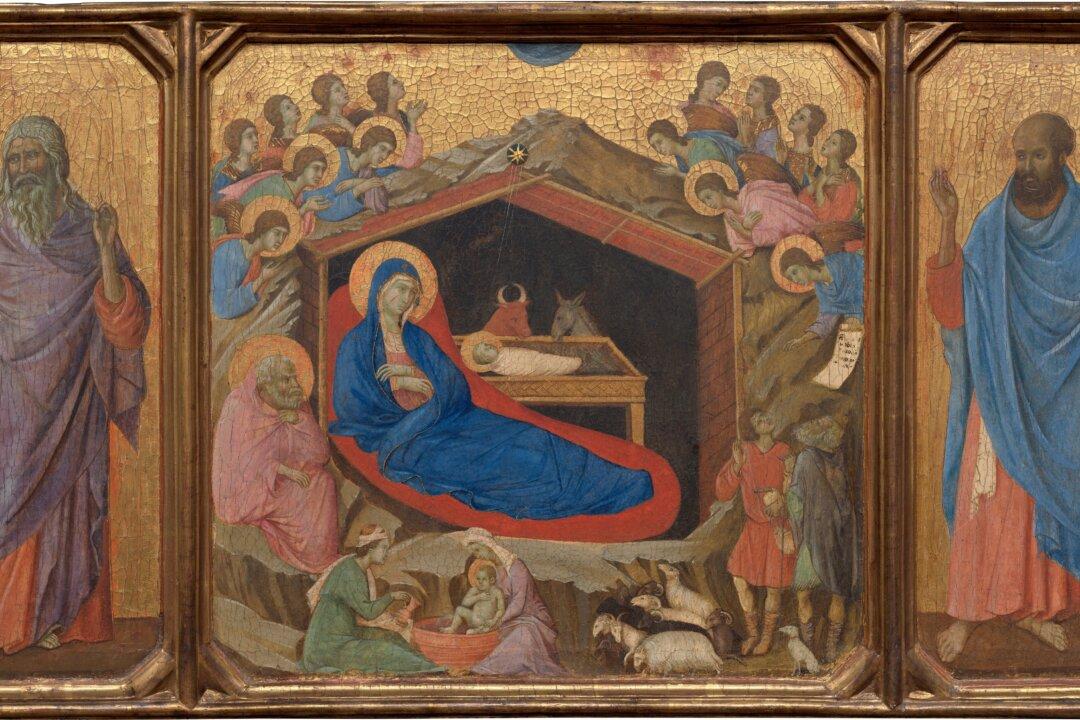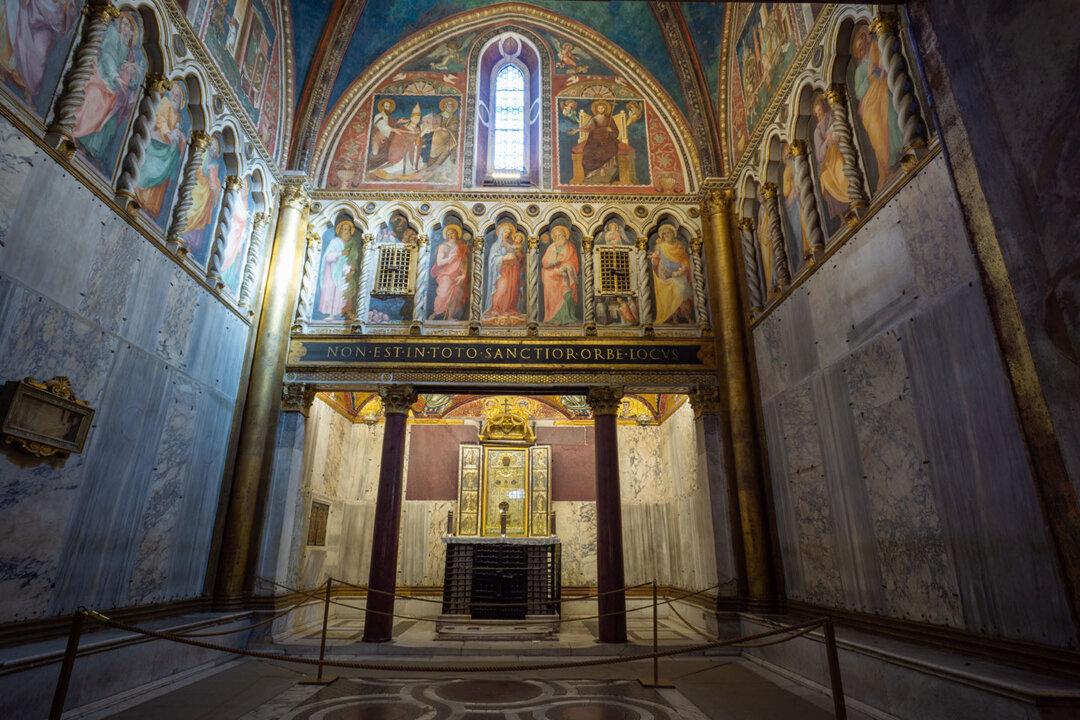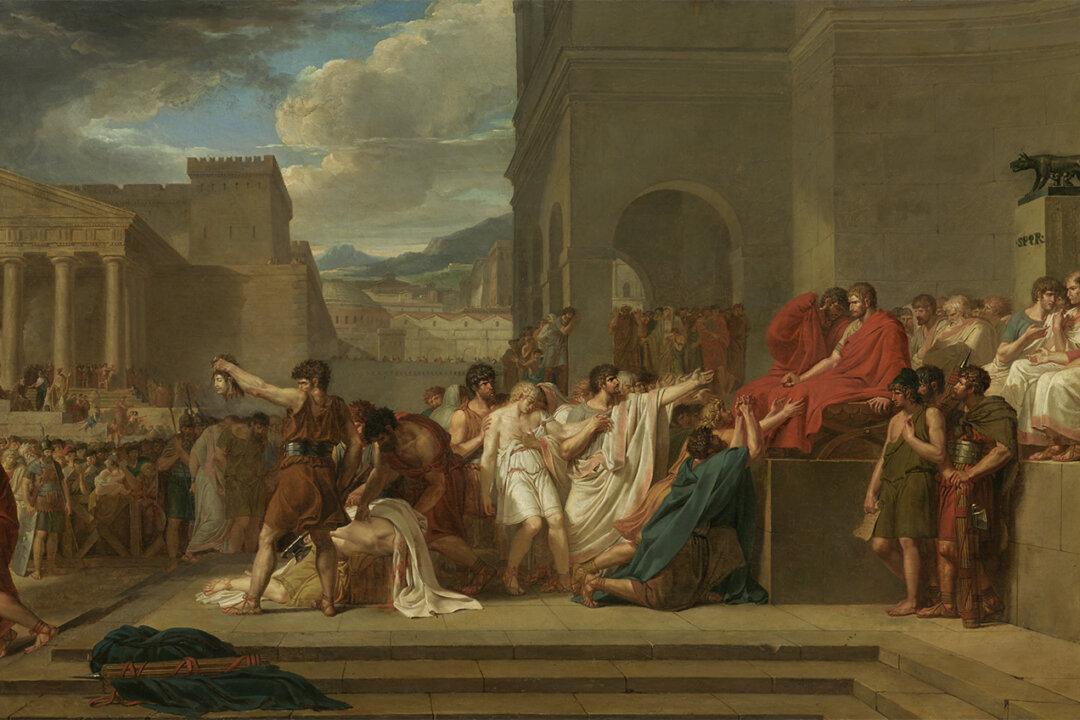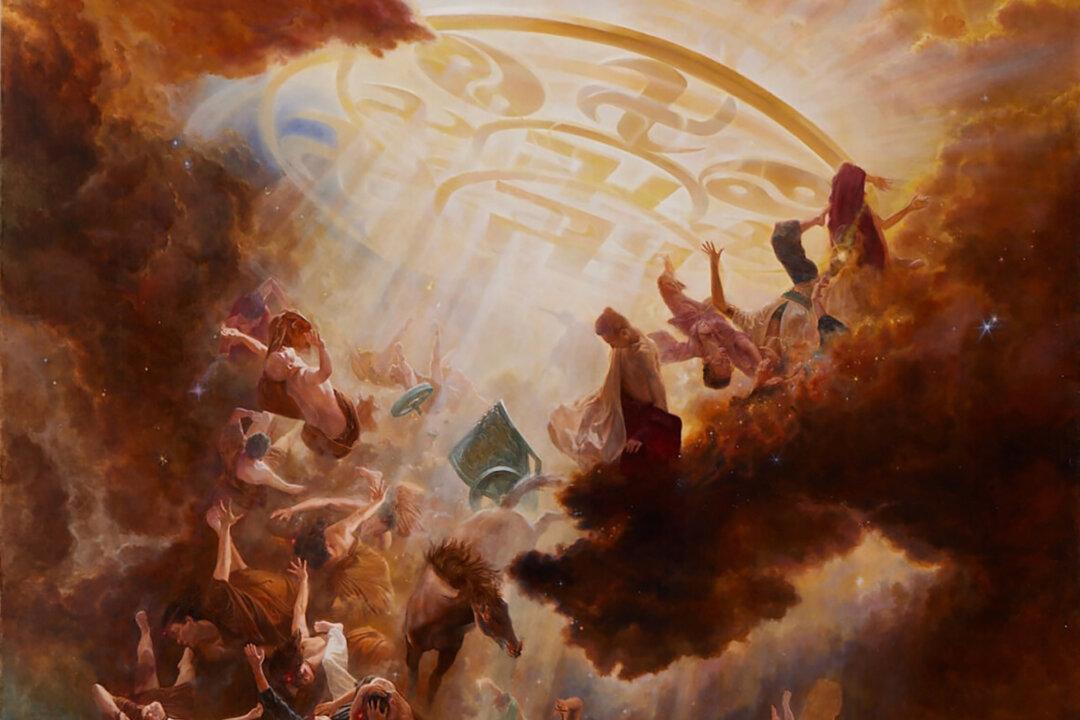A large canvas hanging in the Yale University Art Gallery in New Haven, Connecticut, depicts an epic historical scene set in the Roman Colosseum. In the center of the composition, a group of gladiators raise their arms toward the presiding emperor, inaudibly crying a line that becomes voiced only in the painting’s title: “Ave Caesar! Morituri te salutant” (“Hail Caesar! We Who Are About to Die Salute You”).
This fateful address was first recorded by ancient historians but has been made famous in the modern age, especially by the widely popular movie “Gladiator” (2000). Yet, whereas the filmmakers had 155 minutes to develop their story, the painter had only one moment to capture in this scene. And it was in this moment that Jean-Léon Gérôme packed all the emotional tension, narrative complexity, and pathos of that era of deadly mass entertainment.





